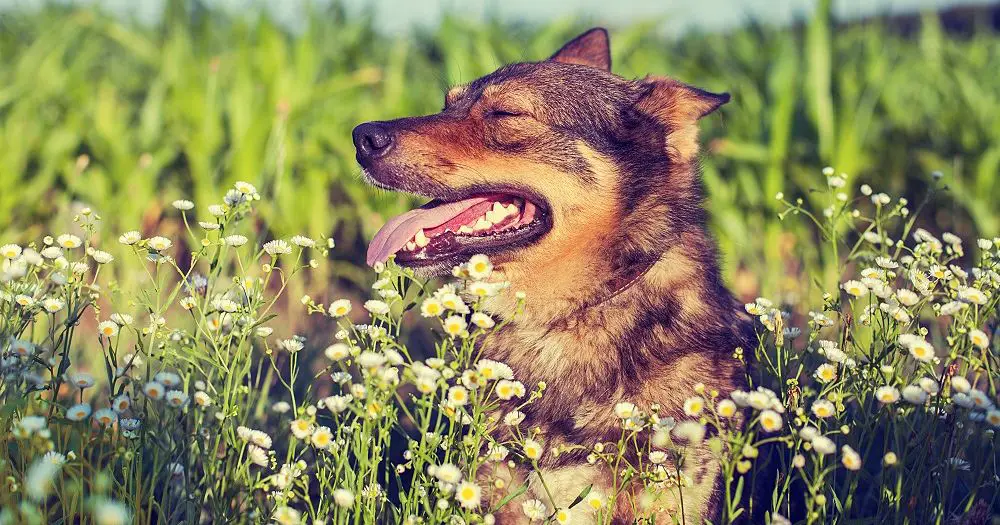Dogs were the first animals domesticated by man, but the origins of this relationship, and of dogs as a distinct species, are unclear.
One theory is that humans adopted and domesticated orphaned wolf cubs. Another is that wolves were attracted to human settlements by food scraps, gradually lost their fear of man, and became part of the human ‘pack’.
How this came about may be open to debate, but why should be obvious. We share with dogs the same sociable nature, the same natural playfulness, respect for leadership, care for the young. A wolf cub adopted by humans would, with some behavior modification, have fitted right in.
The partnership was also one of mutual benefit. Dogs provided help with hunting, protection of livestock, an early warning system, and companionship. Humans provided shelter, a reliable source of food, companionship and protection.
As humans migrated across the globe their dogs travelled with them. The early emigrants to North America likely used them as sled dogs, while in Europe cave paintings dating back 15,000 years show dog-like animals working with humans on a hunt.

A brief history of dogs
Canine deities
The ancient Assyrians, Greeks, and Egyptians depicted them in pottery, sculpture and literature. The Egyptians even had a dog-god, Anubis depicted with the head of a jackal. The Greeks believed that the gates of hell were guarded by a three-headed dog named Cerberus.
In Assyria, mastiff-type dogs were used by the nobility for hunting and are depicted in a number of friezes carved over 2, 500 years ago.
Cave Canem!
Meanwhile, the Romans took to using attack dogs on their military campaigns, while back at home it became common practice to use watchdogs for protection. This prompted a city ordinance requiring households to display a sign warning “Cave Canem” (Beware the Dog).
In China, the mythological Foo Dog was considered a guardian of people and property as well as protection against evil spirits. During the Han Dynasty, the Chinese also bred the first lap dogs such as the Pekingese, which was the favored pet of Chinese royalty.
The first dog breeds
Elsewhere man continued to find new uses for dogs, and continued to breed dogs to purpose – strength and size for a guard dog, speed and agility for a herder. Puppies that suited a specific purpose particularly well were bred together, and over time desirable characteristics appeared with increasing frequency.
In some cases, dogs bred in a particular region began to acquire unique features and characteristics, quite unlike dogs from a different region, laying the foundation for the breeds we know today.
During the Renaissance period in Europe, dogs were bred specifically for hunting and coursing, a sport popular with the aristocracy. Many hound breeds were developed during this period, such as those depicted in the famous 15th century Andrea Mantegna painting.
Pampered pets
At this time dogs were considered a status symbol and were strictly the preserve of the rich. Europe’s nobility took to keeping small lap dogs, like the King Charles Spaniel, but it was not until the 18th century that pet dogs became widespread among the lower classes.
The 19th century saw the formation of the first kennel clubs, and the first dog show took place in Great Britain in 1859. America followed suit 15 years later with a show in Detroit, and in 1884 the American Kennel Club (AKC) was founded in New York.
Working dogs
The role of the dog in human society also continued to evolve with dogs being deployed in a variety of jobs including military, police, and assistance roles. Dogs became movie stars and entertainers, they were eulogized in books and songs and honored with medals and memorials. Legislation was enacted to protect them and welfare organizations sprung up to care for them.
And the number of dogs kept as pets continued to grow, far outstripping that of any other species.
Today, our relationship with dogs continues to go from strength to strength, with dogs more popular than ever. Long may it continue.
